By the time your basement starts flooding, it's too late. Thedamage is done, and you'll end up paying exorbitant fees to fix theproblem and clean up the mess.
|But in truth, water damage doesn't usually come out of nowhere.In most cases, flooded basements and other expensive leaks startsmall and grow with time. They begin as:
- Simple cracks here and there
- Easily overlooked puddles
- Tiny leaks that you can't even see
Fixing these smaller problems isn't always free, but it's muchcheaper than dealing with real water damage — the typethat forces insureds to camp out for a few nights at the closesthotel.
|The goal is not to reach that point. Water damage (of any type)usually carries a price. But scanning for damage before it getsworse is an invaluable investment where the only real cost istime.
|Here are eight areas to check before a tiny drip becomes a majorwater loss:
||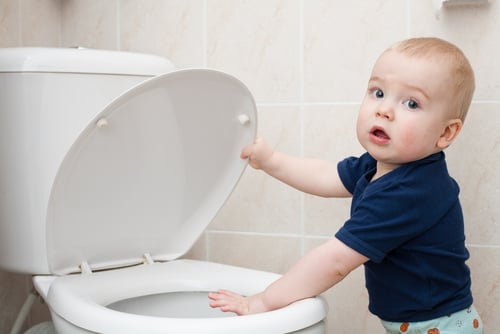
1. Toilets
The toilet is one of the most common sources of water leaks inthe entire home. In fact, experts estimate that anywhere from20% to35% of all residential toilets lose water. Because this loss isoften silent and invisible, it usually goes unnoticed.
|In order to check your toilet for leaks, remove the top of thetank and listen very carefully for any hissing. You can also addsome food coloring to the tank and wait 20 to 30 minutes. If any ofthis dye appears in the toilet bowl (without flushing), youprobably have a flapper valve leak.
||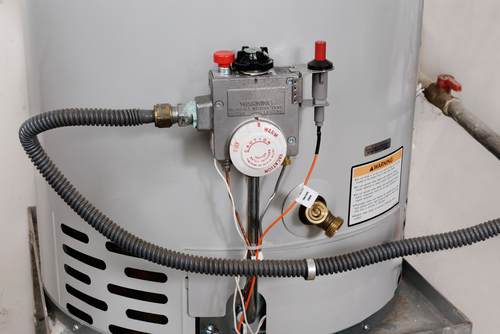
2. Hot Water Tanks
Another common source of leakage is the hot water tank. Youshould periodically check the pressure relief valve to make surethat it is working properly. Often, these pressure valves feeddirectly into the drain, making it difficult to detect surfaceleaks. However, if you hear any sounds from the valve, pipe ordrain, you most certainly have a leak.
||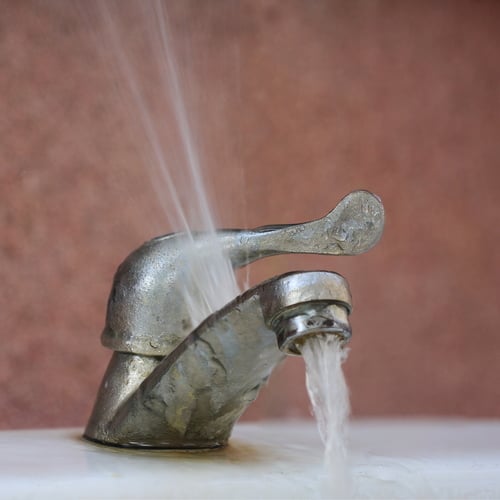
3. Faucets, Spigots and Showers
A leaky faucet won't necessarily cause water damage throughoutthe rest of the house. After all, the excess water flows directlyinto a basin and drain. But ignoring this common problem could endup costing you a lot more than you realize. A typical home can loseanywhere between 2,000 and 20,000 gallons of water per year fromleaky spigots, faucets and showers.
|Sometimes you can fix the problem with a few extra washers or byreadjusting some valves. But if these DIY solutions don't work, itmight be time to call in a professional plumber. Doing so ischeaper than letting the problem continue.
||
4. Invisible Leaks
Leaky faucets and toilets are relatively easy to spot. But ifyou could remove all the walls of your house, you'd see an entirelatticework of pipes and valves that direct water throughout yourhome. Any one of these areas can break down and begin leaking —without you ever hearing or seeing the problem until it's way toolate.
|The fix? Turn off all of the water in your home — includingautomatic appliances like sprinklers, washing machines and waterheaters.
|Check the water meter and write down the current reading. In onehour, check the meter again. If the reading is different, there isa leak somewhere in the home that might require a call to aprofessional before the problem gets worse.
||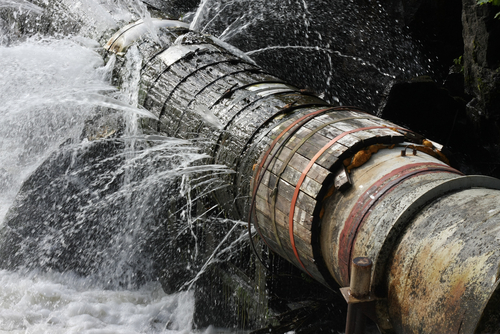
5. Supply Line Leaks
Sometimes leaks happen in the water supply line leading to yourhome. Finding these leaks is difficult since supply pipes are oftenburied deep within the ground (3 feet or more). However, there aretelltale signs of a problem, including:
- Water within the meter box (especially when there's been norain recently)
- Damp soil around the meter or along the buried supply linepipe
If there is a leak between the meter and your home, you'reusually responsible for any repairs. But if the leak exists withinthe supply line itself, the local water utility is responsible.
||
6. Attic and Roof Inspections
The most obvious sign of water damage is a flooded basement, butone of the most common entry points is the roof. Periodically checkthe attic for cracks or mold. A well-insulated attic shouldn't showany signs of moisture — even after prolonged periods of heavyrainfall.
||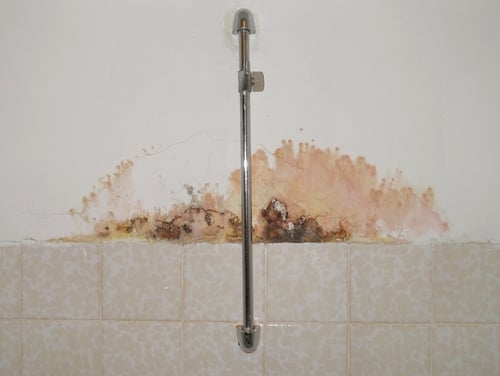
7. Wall-To-Wall Tests
Unfortunately, checking the attic isn't enough. Test all of theinterior walls throughout your home. Sometimes you can spot damagewith your eyes, but it's better to use your fingers to detect anymoisture buildup. Don't forget to check all the walls in thebasement as well. Cracks and mold require immediateintervention.
||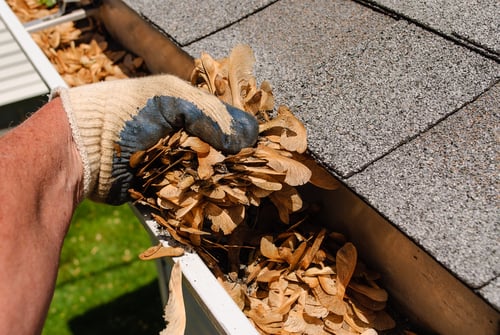
8. Gutter Cleaning
When it comes to simple home maintenance tips, gutter cleaningdoesn't usually rank very high. It's about as exciting as oilchanges or dental appointments.
|But seasonal cleaning (especially after autumn) is one of thesimplest and most cost-effective ways to protect a home from waterdamage. Not only do you need to clean out all of the gutters, butyou also want to ensure that the drainpipes leading away from yourhome are free of any blockages as well.
|Last, but not least, check to make sure that there are nostanding pools of water anywhere around your home. Damp soil isusually a bad sign.
||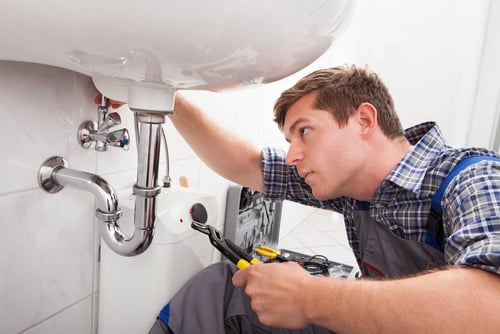
Water damage checkups: A free investment that saves money
Catching water problems early on is a huge money saver. It'smuch better to bring in a professional plumber to handle smallfixes than it is to clean out a flooded basement or repair heavilydamaged walls.
|As an added benefit, conducting these DIY checkups will actuallymake future visits from the plumber even cheaper. Professionalsoften charge by the hour, and every minute spent looking forproblems is money that comes directly out of your pocket. If youcan isolate the source of any leaks or damage beforehand, you'llsave a lot more money in the long run.
|Patricia Bonacorda is the President of Spartan Plumbing, plumbing andHVAC company that has helped homes throughout the Washington, D.C.area since 1964.
Want to continue reading?
Become a Free PropertyCasualty360 Digital Reader
Your access to unlimited PropertyCasualty360 content isn’t changing.
Once you are an ALM digital member, you’ll receive:
- All PropertyCasualty360.com news coverage, best practices, and in-depth analysis.
- Educational webcasts, resources from industry leaders, and informative newsletters.
- Other award-winning websites including BenefitsPRO.com and ThinkAdvisor.com.
Already have an account? Sign In
© 2024 ALM Global, LLC, All Rights Reserved. Request academic re-use from www.copyright.com. All other uses, submit a request to [email protected]. For more information visit Asset & Logo Licensing.








